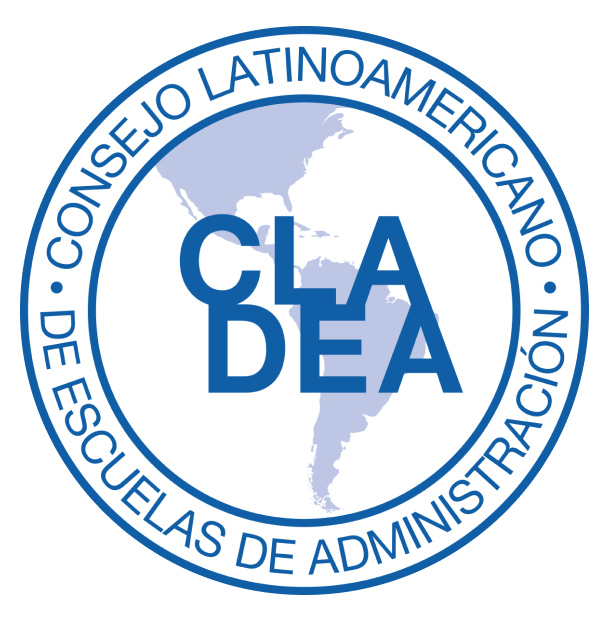Infant care leave
On December 19, 2023, it was published in the BOE and RDL 7/2023 with the aim, among others, of modifying article 37.4 of the Workers' Statute. This rule allows the The right of workers to have one hour of absence from work to care for their infant until the infant is nine months old..
Likewise, the article continues saying That anyone exercising this right may substitute it (i) with a half-hour reduction in working hours or (ii) accumulate it into full days. This second scenario is what we will discuss in this article, focusing on both the Supreme Court ruling of November 21 and Royal Decree-Law 7/2023.
But before going into detail, I would like to critique the way in which workers, lawyers, and the media continue to refer to this right. Historically, we have always referred to it as breastfeeding leave, but several years ago, the article was amended to be called leave for infant care. This was simply an inclusive adaptation of the article, so that men could legally and functionally access this possibility. Therefore, we should no longer call it breastfeeding leave, but rather infant care leave. I suppose, with the passage of time will put the names in their place.

Supreme Court Ruling 5160/2023
Recently, but before the publication of Royal Decree-Law 7/2023, the Supreme Court had to go into detail about how the accumulation of working hours should be interpreted when a part-time worker requests the accumulation of this right. It established that the formula for calculating the accumulation of working days for breastfeeding for part-time workers consists of dividing the total number of working days remaining until the date on which the child turns 9 months old by the hours corresponding to the worker's working day. The resulting figure is the number of accumulated working days that must be recognized to the worker who chooses to activate this option.
Royal Decree Law 7/2023 – What has changed with the new regulation?
Previously, there were two options to accumulate this leave/right into full-time workdays. The first option was through collective bargaining, so that this option was included in collective agreements; or the second option was through an agreement with the company.
Therefore, only these two ways were possible to access this permit in a cumulative manner.
Well, the Royal Decree-Law has eliminated these avenues, and it is no longer necessary for them to be included in the collective bargaining agreement or for there to be an agreement with the company.
From now on, working people have an automatic right to request this accumulation for child care in cases of birth, adoption, or guardianship for adoption or foster care.
Example of accumulation in a full day.
- How long is it from the end of maternity leave until the infant turns 9 months old?: Approximately 112 days.
- What hours does the worker work?: 8 hours
- How many days can you accumulate? 112/8 = 14 days.
The problem is that the case law is so diverse that the law has neither included nor legislated how to accumulate working hours in part-time work, so we will have to rely on the interpretation made by jurisprudence in this regard.
Well, from my point of view, a person who works part-time for 18 hours over two days (9 hours each day) is not the same as a person who works part-time for 3 days (6 hours each day). In both cases, the workday is the same (18 hours per week), but the accrual of hours varies depending on the number of days worked. In the first case, the worker will have accumulated 2 hours to that pool; and in the second, they will have accumulated 3 hours to the pool.
It is clear that, in view of the above, the duration of the accumulated breastfeeding leave will not be the same for all workers, as it will depend on the number of children, the number of days worked, the daily working hours, the applicable collective agreement, the number of days between the request and the completion of the nine months, etc.
Yeah you are interested in training and developing professionally in the field of human resources you can find out about our Professional Master's Degree in HR: People Management, Talent Development, and Labor Management.




































